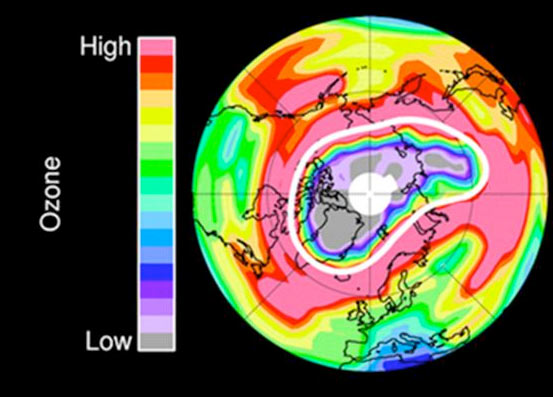Is Ozone Good or Bad?

Actually, it's both, depending on what altitude you find it at …
Ninety percent of Earth's ozone is found in the stratosphere (the second layer of the Earth's atmosphere, just above the one in which we dwell, the troposphere). This ozone forms the ozone layer, which shields everything on the planet's surface from the sun's harmful ultraviolet rays.
But when ozone forms at the surface (when pollution from cars reacts with UV rays), it is a pollutant itself, and can damage forests, crops and can irritate human lungs.
Generally ozone stays at one level or the other, but occasionally, stratospheric ozone can be dragged down to the surface when the boundary that marks the shift from the warm air of the stratosphere to the cooler air of the troposphere (called the tropopause) rapidly jumps upward from its normal 8 to 10 kilometer (5 to 6.2 mile) height above the surface, a new study detailed in the Nov. 8 issue of the journal Nature finds. These events, known as ozone intrusions, are rare and don't last very long, which makes them hard to identify.
Follow Life's Little Mysteries on Twitter @llmysteries. We're also on Facebook & Google+.
Sign up for the Live Science daily newsletter now
Get the world’s most fascinating discoveries delivered straight to your inbox.

Andrea Thompson is an associate editor at Scientific American, where she covers sustainability, energy and the environment. Prior to that, she was a senior writer covering climate science at Climate Central and a reporter and editor at Live Science, where she primarily covered Earth science and the environment. She holds a graduate degree in science health and environmental reporting from New York University, as well as a bachelor of science and and masters of science in atmospheric chemistry from the Georgia Institute of Technology.










